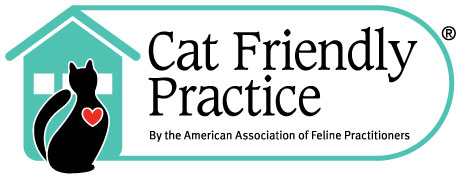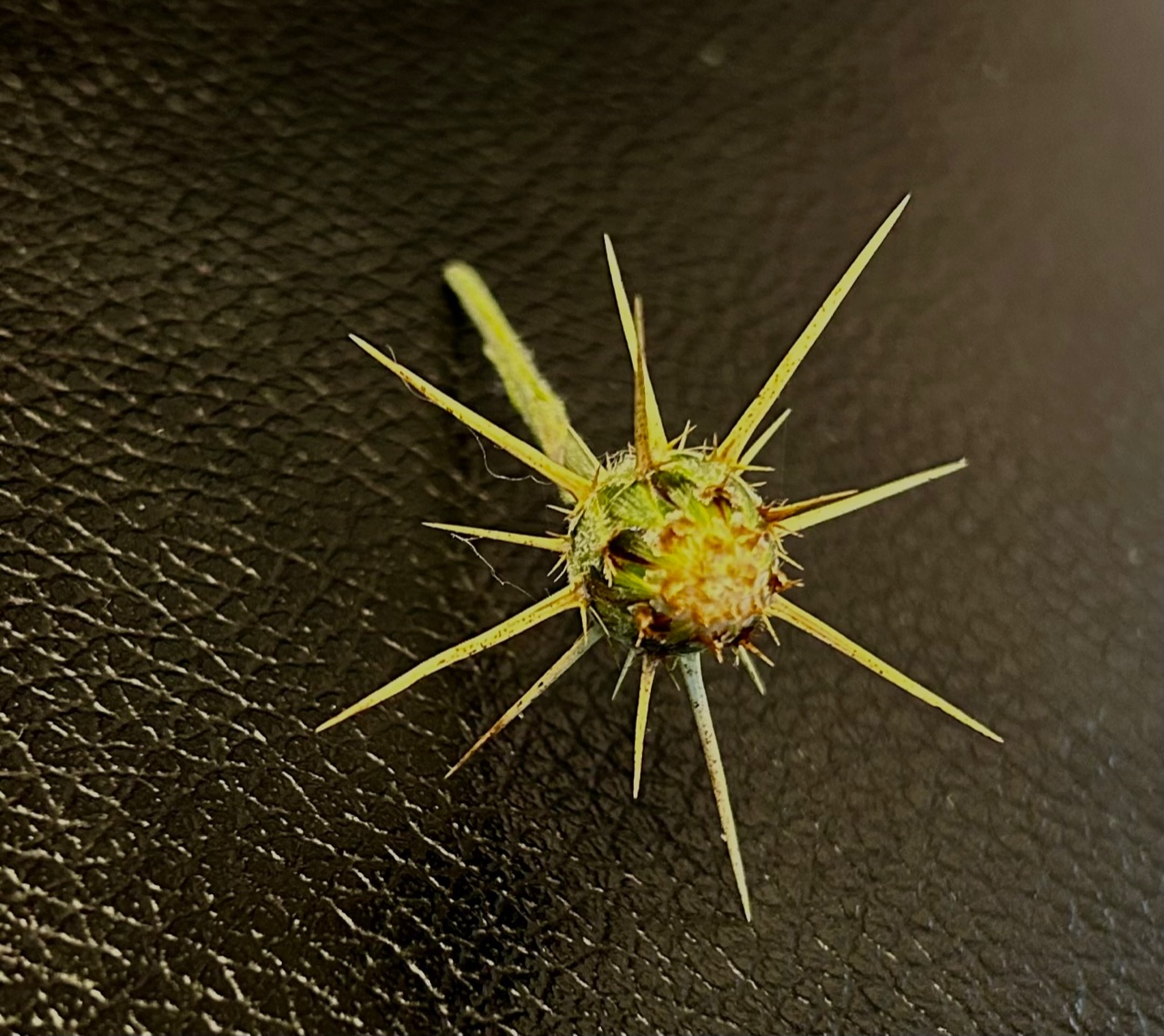Last week we saw how the heart is supposed to work. Heart disease is quite different among species. People most commonly have atherosclerosis or plaque in the arteries leading to heart attacks. This is extremely rare in dogs and cats – we just don ™t worry about cholesterol too much! Dogs most frequently develop valvular disease. Age, genetics and infection can all deform a valve and make it leak. This leads to cardiac inefficiency – part of the blood goes backwards with each beat. If the leak is large, circulation is inadequate, the heart overloads with fluid and the pet goes into heart failure. Larger breed dogs often develop a weakness in the heart muscle that can be accompanied by irregular heart rhythms. The end results is the same – poor circulation and a failing heart. Cats tend to develop a problem called hypertrophic cardiomyopathy. The heart walls get thick and stiff and eventually there is very little internal space for the blood. That makes each beat of the heart only put out a little squirt of blood and again we get poor circulation and heart failure. Cats are also prone to high blood pressure much more so than dogs (but not nearly as often as people!) Since animals are not good at telling us about early signs of heart disease, regular physical exams are crucial. Abnormal sounds and rhythms are usually discovered on routine exams. If a heart murmur or arrhythmia is detected, x-rays, ECG, echocardiography and blood pressure are available at Animal Care Clinic.
by Bonnie Markoff, DVM, ABVP









Leave A Comment
You must be logged in to post a comment.